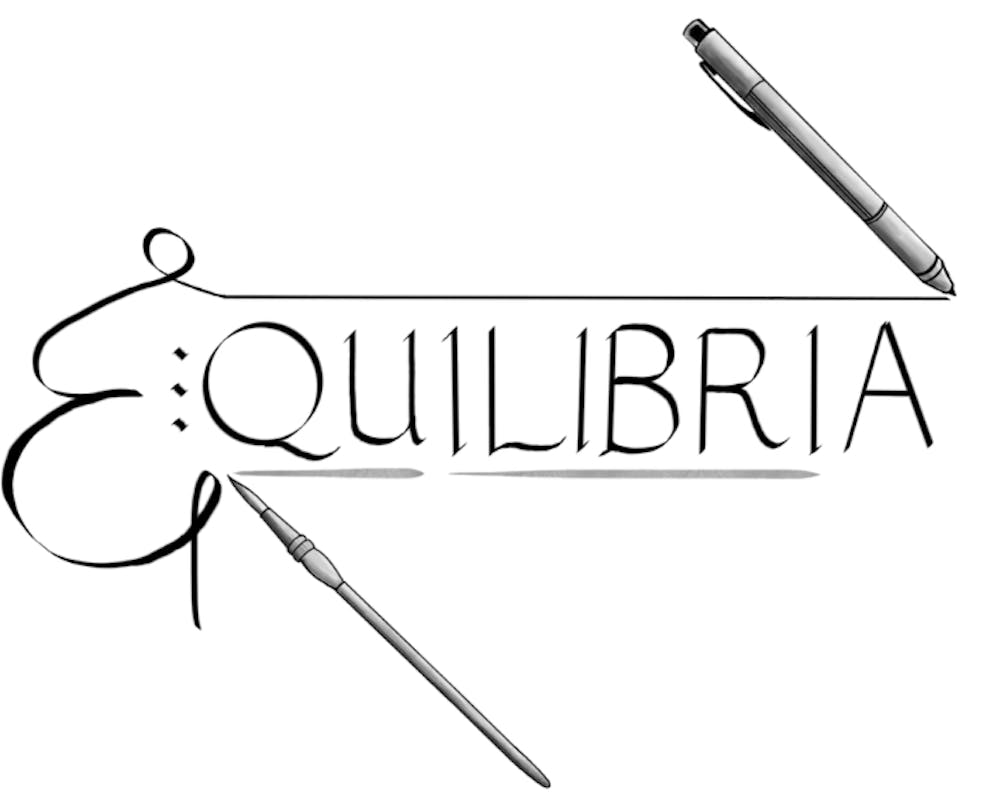Farah Sayed (C’23) cherishes both visual arts and creative writing, practicing everything from poetry to printmaking. She always planned on joining a Penn publication, but found that none bridged the divide between artists and writers in the ways that she imagined. Sayed knew she wanted to start a publication that united these two worlds at the beginning of her second year.
When quarantine struck, Farah was met with a new motivation. “I wanted to find a way to encourage artists and writers to engage in something creative which would allow them to channel energy onto a project that might alleviate stress from the pandemic,” she says.
So, while home in Ohio, Farah launched a nationwide arts and writing exchange. Twenty two college students from across the country—eleven writers and eleven artists—participated in what turned out to be a successful inaugural summer issue of Equilibria.
As quarantine continued on, Sayed wanted to focus on uniting ties within the Penn community and narrowed Equilibria’s scope from nationwide to just undergraduate students at Penn. She began by reaching out to the director of the Kelly Writers House, which currently funds her project, and discussed her vision for Equilibria. After establishing the project and securing funding, it was only a matter of finding editors and board members to fill the Equilibria team.

What's most striking about Equilibria as a publication is its dedication to collaboration—something held especially dear in a time where many Penn students feel far removed. Unlike traditional arts and literary publications which call for submissions and then publish them, Sayed’s project calls for submissions and then pairs people up to create new pieces which are then published.
“The work we publish is a product of a process. The participants must interpret the piece they’re given, come up with a vision for their response piece, and work on creating that response piece over the course of the semester,” Farah says. “When the response pieces are published side by side in our issues, you can clearly see the exchange of ideas that occurred, which is what’s really exciting.”
The pairing of participants is completely random. “There’s no way to predict how someone will be inspired by a piece," Farah says. She recruited a team of editors who will also aid in Equilibria’s collaborative nature by helping participants avoid creative roadblocks by providing feedback and revisions.
Though Farah began Equilibria during the COVID–19 pandemic, she looks forward to a time when meetings no longer need to be virtual. She plans to hold events for those not necessarily involved in Equilibria’s exchange, such as one–off art and writing workshops led by board members and game nights. Farah is excited to provide the artists in the exchange with materials, aware that participants are currently limited to what they have in their homes.
Equilibria’s first Penn issue will be published at the end of the semester.







